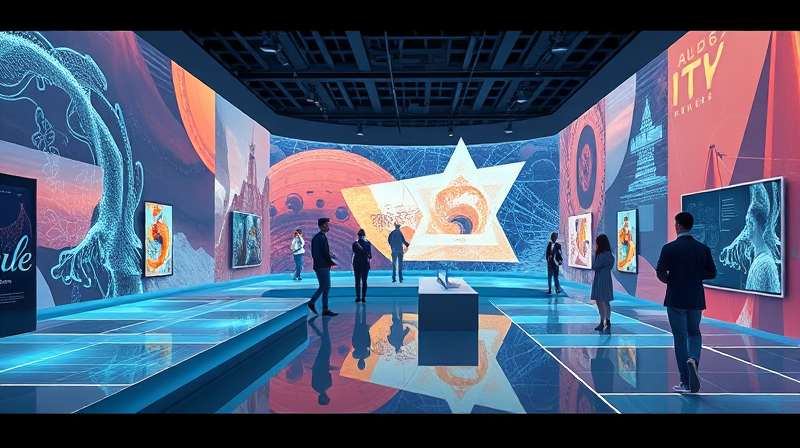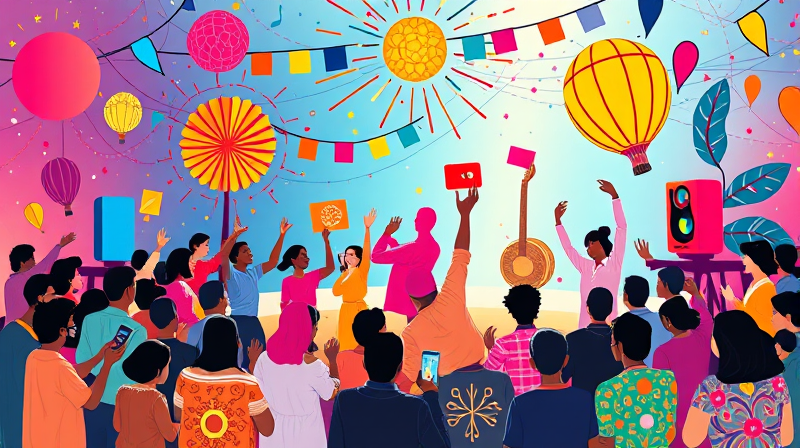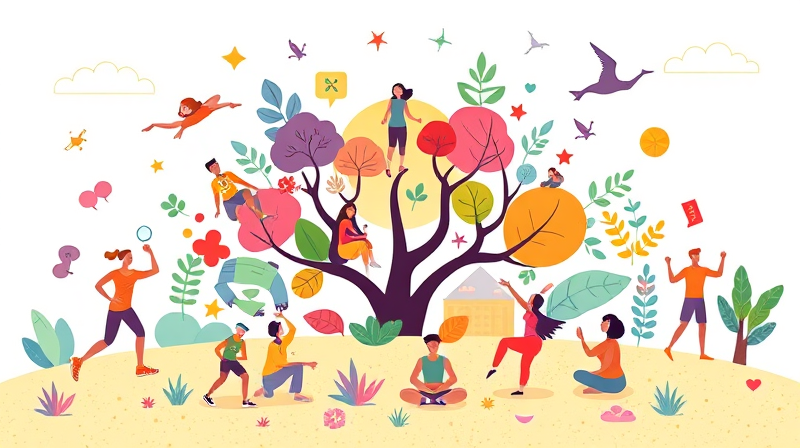In today's rapidly evolving work environment, achieving a harmonious balance between your professional duties and personal life is more than just a goal—it is a necessity. As hybrid work models and technology advancements continue to transform our daily routines, it is essential to learn how to merge professional responsibilities with recreational activities. In 2025, the concept of work-life balance has taken on new meaning, influenced by both company policies and a growing emphasis on individual mental well-being.
Establishing a balance not only improves productivity but also enriches your personal life in countless ways. It provides an opportunity to rejuvenate your mind and body after prolonged periods of stress at work, ultimately contributing to a happier and more fulfilling life. Below, you will find several practical suggestions designed to help you navigate this intricate balance effectively.
Embrace Flexible Work Arrangements
The modern workplace has been redefined by the rise of hybrid work models that allow for improved work-life integration. In fact, research indicates that a significant proportion of employees prefer work-life balance over traditional compensation, with recent statistics showing that 83% of employees value this balance above monetary benefits.
Some practical strategies to embrace flexible work arrangements include:
- Opt for flexible working hours: Adjust your schedule to align with your personal peak productivity times.
- Utilize remote work options: Significantly reduce commute time, allowing you to reclaim hours otherwise lost in transit.
- Consider compressed workweeks: Explore seasonal or condensed schedules that create longer stretches of free time.
These adjustments encourage a smoother transition between professional and personal commitments, providing more time to recharge and explore interests outside of work.
Leverage Technology Wisely
With the acceleration of technological advancements, the use of AI and automation has become instrumental in optimizing daily workflows. These innovations not only simplify routine tasks, but also free up valuable time for creative and recreational pursuits.
Consider implementing AI-powered productivity tools that streamline repetitive tasks. Modern digital platforms assist with everything from contract management to invoicing, while specialized apps help in tracking and controlling screen time. Using these technologies judiciously can enhance efficiency, allowing more moments for engaging in your favorite activities.
Set Clear Boundaries
One of the most essential components of a healthy work-life balance is the establishment of clear boundaries between professional responsibilities and personal time. Without these clear divides, it is easy to become overwhelmed and lose sight of what truly matters.
To set these boundaries, consider the following measures:
- Designate a workspace: Establish a dedicated area at home solely for work to disconnect from personal distractions.
- Communicate work hours: Clearly inform both colleagues and family members about the specific hours when you are available.
- Disconnect after work: Shut down work-related technology to ensure that once the workday ends, personal time is truly private.
These steps ensure you do not inadvertently blur the line between work and leisure, thereby conserving mental energy and safeguarding your personal life.
Prioritize Mental Health and Personal Well-being
Attending to mental health is not simply beneficial—it is critical in maintaining overall productivity and satisfaction. Engaging in activities that promote relaxation and mental clarity will replenish your energy levels and allow for a sustained balance between work pressures and personal enjoyment.
Embrace regular tech-free periods where you intentionally disconnect to enjoy moments of silence and calm. Participating in mindfulness and meditation programs can help redirect focus and ease stress. Moreover, utilizing mental health days or counseling services when needed provides a safety net for times of overwhelming pressure.
Adopt Efficient Time Management Strategies
Effective time management is the cornerstone of successfully balancing professional obligations with personal hobbies. The goal is to focus on results rather than simply expending long hours at work.
Consider strategies like the Getting Things Done (GTD) method, which helps meticulously organize tasks and priorities. Additionally, by leveraging automation tools to handle routine data analysis and other administrative duties, you create more space for creative and recreational activities.
Prioritizing efficiently can transform your workday into a series of productive bursts that leave ample time for relaxation and leisure.
Consider Alternative Work Models
The year 2025 has witnessed a surge in alternative work models that cater to the diverse needs of the modern workforce. These innovative arrangements recognize that a one-size-fits-all approach no longer applies when considering different personal circumstances and career ambitions.
Potential models include:
- Four-day workweeks: Reducing the traditional five-day schedule can result in extended weekends for personal pursuits.
- Job sharing: Splitting responsibilities can lead to more sustainable work habits and increased job satisfaction.
- Freelance opportunities: Embracing the gig economy offers an adaptable approach to work that prioritizes flexibility and choice.
Each of these models brings with it a unique set of benefits that can help you better meld the demands of your professional life with your personal aspirations.
Cultivate Hobbies and Personal Interests
Beyond professional success, creating a fulfilling life requires engaging in activities that spark joy and direct inspiration. Carving out time to nurture hobbies is not only therapeutic but also profound in promoting overall well-being.
To weave hobbies into your daily schedule, consider these steps:
- Schedule dedicated time: Block out specific hours each week solely for personal interests, whether that involves physical exercise, outdoor adventures, or quiet reading time.
- Engage in creative endeavors: Explore artistic pursuits such as painting, music, or writing, which can serve as an excellent outlet for relaxation and self-expression.
- Maintain a balanced routine: Integrate exercise and mindful practices into your daily life, fostering an environment where both work and play contribute to your happiness.
By consciously integrating these activities into your schedule, you build a lifestyle enriched with experiences that resonate deeply with your inner self and visions of a balanced life.
In conclusion, merging professional duties with recreational activities is an evolving journey that requires both introspection and practical action. Whether it is by embracing flexible work arrangements or by establishing strict personal boundaries, every step taken towards balancing these aspects will contribute positively to your mental and physical well-being. Remember, maintaining work-life balance is both an art and a science, one that must be nurtured continuously as you evolve in your career and personal life.
Take the time to assess your priorities regularly, and allow yourself the flexibility to adjust as life changes. Embrace the evolving nature of modern work-life dynamics and let your personal journey towards balance be a source of inspiration, resilience, and continual growth.








